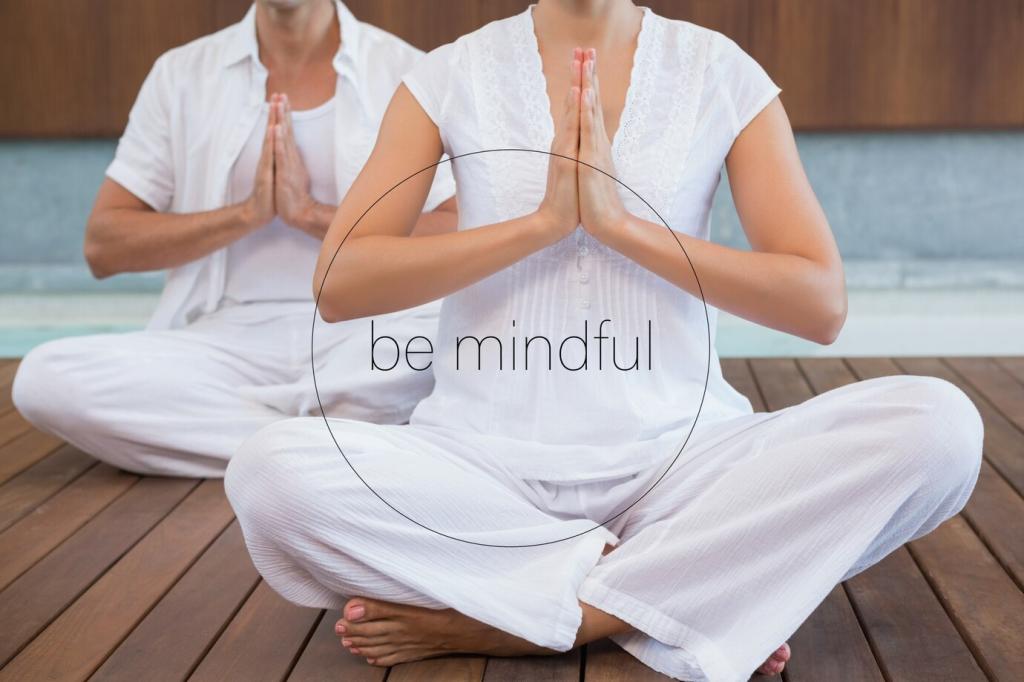Guided Mindfulness Exercises for Beginners
Welcome to your introduction to guided mindfulness exercises, specially designed for beginners. Mindfulness is a practice that helps you focus on the present moment, reduce stress, and enhance your overall well-being. Here, you’ll discover simple yet effective guided exercises that can be easily incorporated into your daily routine. Each section will guide you through crucial aspects of mindfulness, offering detailed explanations and actionable steps to help you establish a steady foundation. Whether you are new to mindfulness or seeking a gentle reintroduction, these exercises will support your journey towards a more peaceful and focused mind.
What Is Mindfulness?
Mindfulness refers to a mental state or practice where you bring your full attention to what is happening, both inside and outside yourself, in the present moment. It originates from ancient meditation traditions but is now a secular practice accessible to all. Unlike other forms of meditation that may require special postures or lengthy sessions, mindfulness can be as simple as focusing on your breath or the sensations in your body during daily activities. This simplicity makes it especially effective and welcoming for beginners. The practice encourages the gentle observation of thoughts and feelings without self-criticism, helping individuals break free from habitual responses to stress. By regularly engaging in mindfulness, it's possible to experience reduced anxiety, increased concentration, and a greater sense of peace.
Benefits of Mindfulness Practice
Practicing mindfulness regularly can lead to a wide array of mental, emotional, and even physical benefits. For beginners, it often starts with a noticeable reduction in stress and enhanced mood. Over time, mindfulness can help improve focus, foster emotional resilience, and encourage more positive reactions to life's challenges. Research has shown that mindfulness can help lower blood pressure, improve sleep quality, and even boost immune function. Emotionally, it enables individuals to foster self-compassion, better manage anxiety, and minimize rumination about the past or worries about the future. The accessible nature of mindfulness means these benefits can be achieved by anyone, regardless of age or background, simply by dedicating a few minutes each day to conscious awareness.
Common Misconceptions about Mindfulness
One of the most common misconceptions about mindfulness is that it requires you to empty your mind completely or achieve instant peace; this is simply not true. Mindfulness is not about suppressing thoughts or feelings, but about noticing them without attachment or judgment. Another misunderstanding is that mindfulness takes a lot of time or must be practiced in silence and stillness—yet even brief moments of awareness during daily activities can be profoundly effective. Some believe mindfulness is inherently spiritual or religious, but it's a universally accessible practice that requires no belief system. By clarifying these misconceptions, beginners can approach mindfulness with realistic expectations and enjoy its benefits more fully.
Previous slide
Next slide
A dedicated space for mindfulness practice supports focus and comfort, especially when you’re beginning. Your mindful space does not require specialized decor or tools; it need only be somewhere quiet, comfortable, and free from distractions. This could be a corner of your living room, a peaceful spot in your garden, or even a quiet nook at work. To start, simply ensure the area is tidy and minimize distractions such as phones or loud noises. Comfort is also key, so choose a chair or cushion that allows you to sit with a relaxed, upright posture. Over time, just entering this space can become a cue for your mind to settle and prepare for practice, reinforcing your emerging mindfulness habit.

Simple Mindfulness Exercises
Mindful breathing is the cornerstone of most mindfulness practices and serves as a gentle entry point for beginners. To practice, simply find a comfortable seated position and bring your attention to the physical sensations of breathing. Feel the air entering your nostrils, filling your lungs, and exiting your body. When your mind starts to wander, as it inevitably will, gently return your focus to the rhythm of your breath without criticism. You might try silently labeling each inhale and exhale to deepen concentration. This practice can be done for as little as two or three minutes and serves as a powerful tool for calming the mind, reducing anxiety, and increasing present-moment awareness. Over time, mindful breathing cultivates a sense of rootedness and stability, providing a foundation for more advanced mindfulness exercises.

